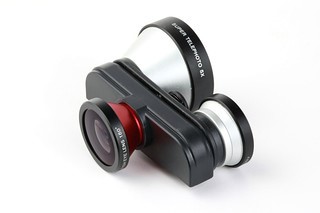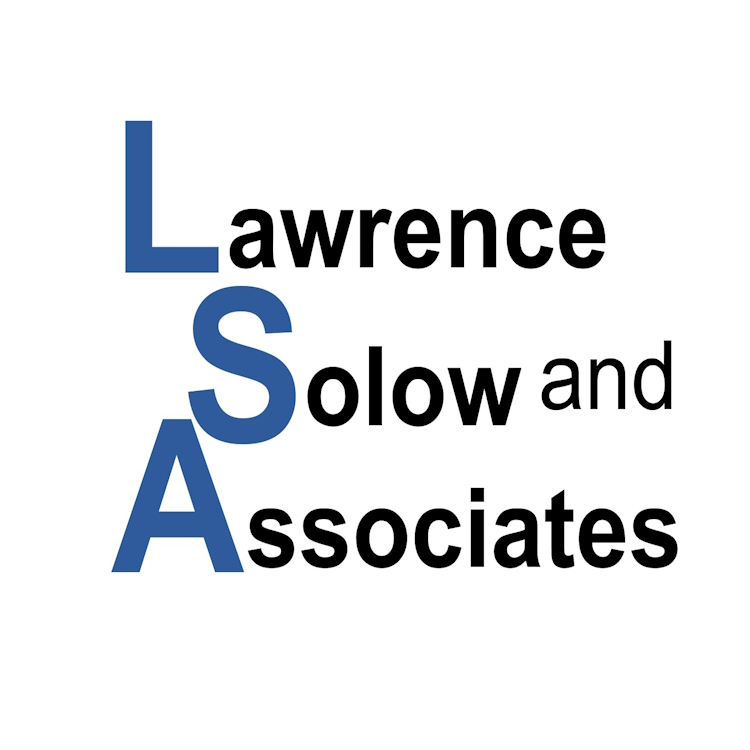In a recent conversation with a client, she spoke about the ONE thing they were going to focus their attention on in order to fix a significant problem. “It’s a matter of focus,” she said. “We have smart, motivated, dedicated people. If they bring those skills to this issue, we can’t help but be successful.”
Sound familiar? We’ve all been led to believe that applying “laser focus” to a problem is essential for its resolution. The assumption is that we maximize the potential for quick solutions by removing distractions, unnecessary options, and extraneous resources.
Yet, even operating with our highest levels of attention, we don’t always get the results that we want. Perhaps the problem is that we are too focused. In paying so much attention to what we believe is the most critical item, we forget we are enmeshed in larger systems. Those larger systems are characterized by many variables, all of which are interacting with each other all of the time. It is often by recognizing and attempting to influence this larger set of interconnected variables that the potential for a viable solution to the original problem emerges.
So perhaps what we need is less laser focus and more of a “wide angle” lens. This greater appreciation of the interconnected elements of a complex system continually provides new possibilities for action. While some differences may be more significant than others, it is impossible to know with certainty which interactions will ultimately contribute to the desired outcome. Rather than shut things out, perhaps we need to let more things in. Rather than exclude what appears to be the important data, perhaps we need to include the small “differences that might make a difference.” It’s in the recognition that “it’s always all here” that our conversation and patterns of problem solving can be enhanced.

